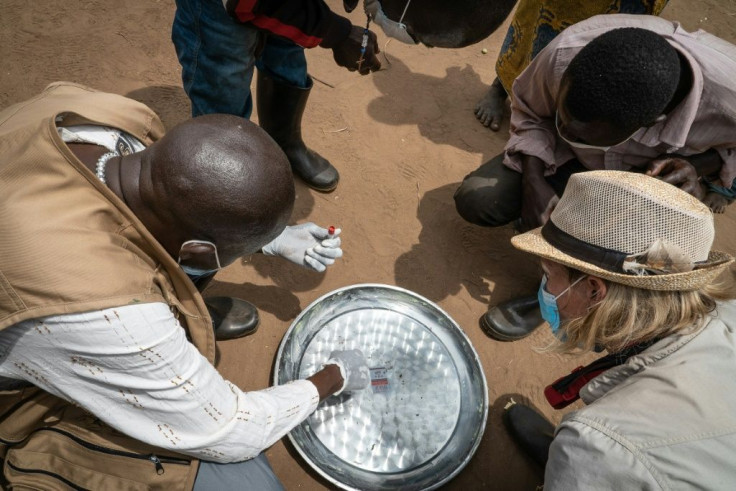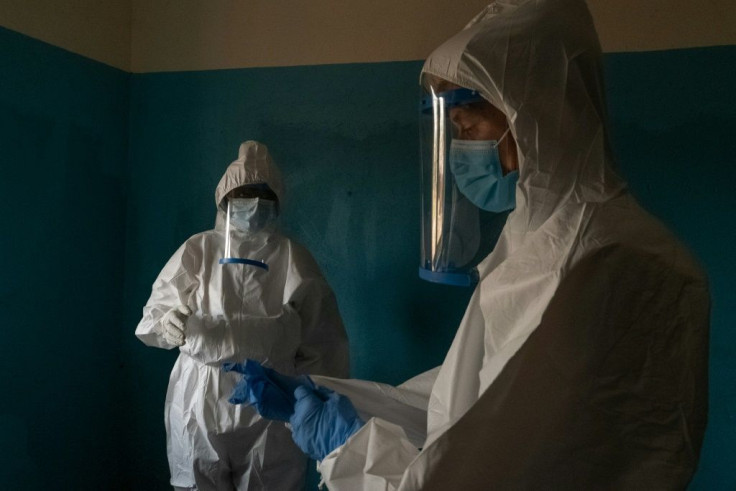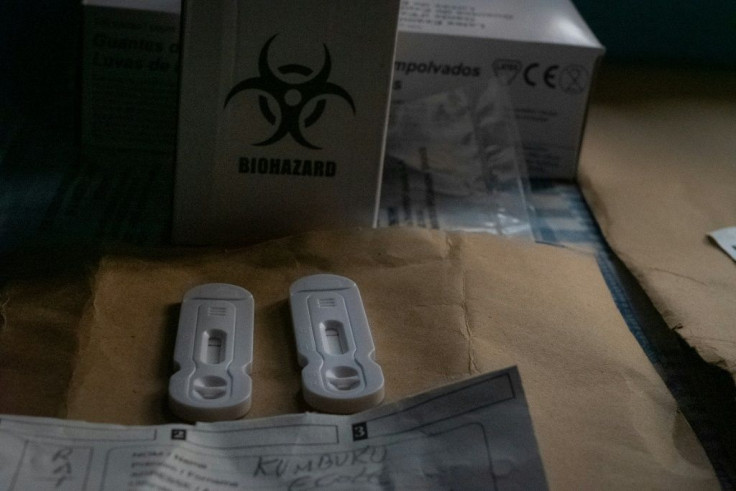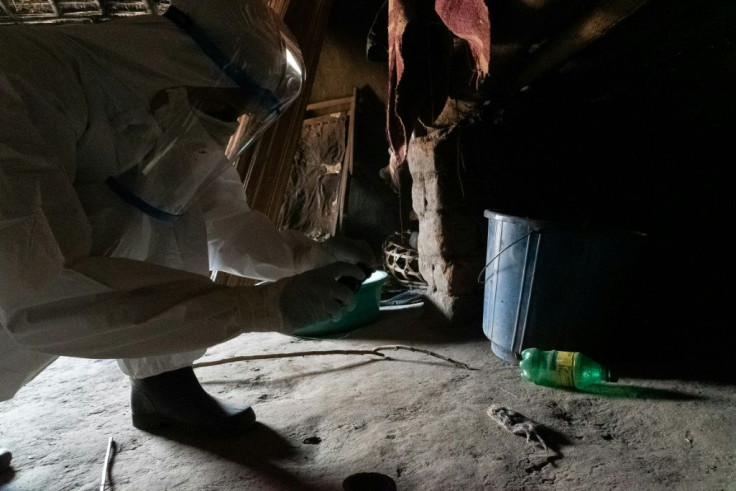Tracking The Plague In DR Congo
Already battling Covid-19 and a renewed Ebola outbreak, DR Congo is also home to one of the world's oldest sites of the plague -- and there are signs that the disease may have reared its head once more.
The plague was first confirmed in this remote area, near the borders with Uganda and South Sudan in what is now DR Congo's northeastern Ituri province, back in 1926.

"The plague has never stopped circulating since its discovery. It comes and it goes," said Anne Laudisoit, an eco-epidemiologist and part of a team sent to investigate an apparent surge in cases since the end of last year.
"It seems that it is coming back after 40 years," she said. "People are not prepared."

Long-feared but treatable today with antibiotics, the plague can cause swellings and a fever among other symptoms.
Since November 15 last year, 335 suspected cases have been registered in this area, including seven deaths, according to local epidemiological records.
The plague spreads to humans via infected fleas that infest rodents, particularly black rats.

Attracted by food, the rats enter people's homes -- carrying the fleas in their fur, which then go on to bite the humans and infect them.
"People don't know about the danger that fleas and rats pose in the transmission and continuation of the plague," said Michel Mandro, a doctor with the provincial health service.

His office has described this part of DR Congo as "the oldest (plague) site in the world".
In a bid to confirm that local residents are indeed facing a resurgence of the plague, flea traps have been placed in homes so that the insects can be tested.
Experts have also taken samples from the bodies of dead rats, which could further confirm the presence of plague bacteria.
And they have drawn samples, too, from people showing symptoms.
But there is as yet no confirmation from a laboratory that the plague is indeed what locals are dealing with -- partly because of the huge distances the samples must travel.
"The regional laboratory specialised in studying strains previously present in the province has not been operational for more than 30 years," explained Mandro.
"It means people on the ground have to send samples to the National Institute of Biomedical Research in Kinshasa, more than 2,000 kilometres (1,200 miles) away," he said, frustrated.
The plague is far from the only health priority in sub-Saharan Africa's largest country. The government is in fact battling several epidemics at once.
DR Congo, a country the size of continental western Europe, has been relatively spared by Covid-19, with 26,405 cases and 711 deaths since March 10, 2020.
A new outbreak of Ebola, the disease that killed than 11,300 people in West Africa in 2013-2016, was confirmed in DR Congo's Nord-Kivu province -- neighbouring Ituri -- in February.
Several new cases have been recorded in the province, where Ebola killed more than 2,000 people between August 2018 and June 2020.
The country also suffered a measles epidemic last year.
© Copyright AFP 2024. All rights reserved.







